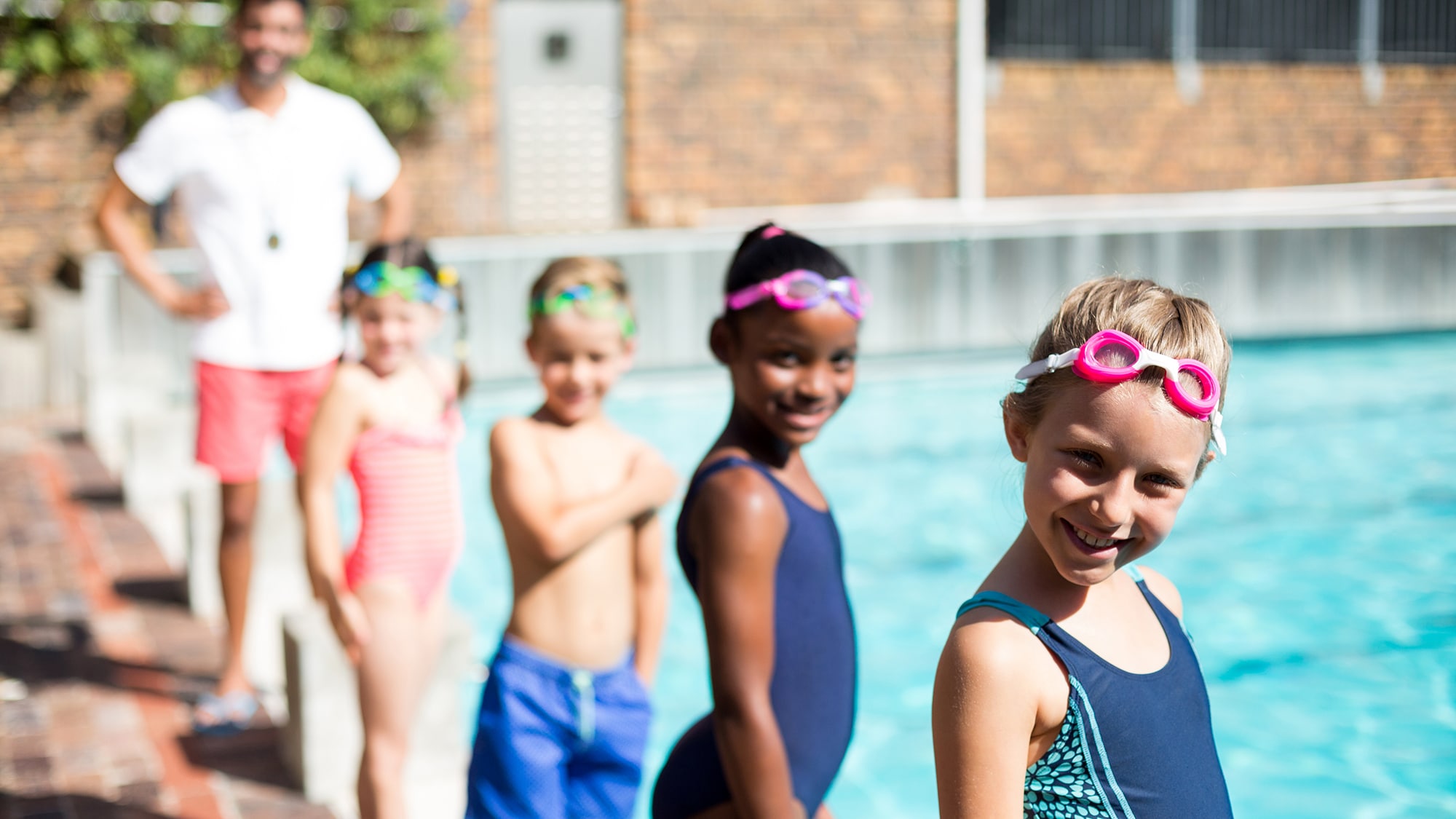Page Summary
- Drowning prevention has been a mission of the American Red Cross for over 100 years.
- Their programs help millions of people of all ages and abilities learn to enjoy the water safely.
- The Red Cross Lifeguarding program trains over 300,000 lifeguards every year.
- CDC has partnered with the Red Cross on drowning prevention projects since 2020.

The American Red Cross
About The American Red Cross
The mission of the American Red Cross is to help prevent and respond to emergencies and empower volunteers. Their extensive water safety programs support communities by providing education and tools to help prevent drowning and save lives.
The Red Cross has two industry-leading programs related to drowning prevention and water safety:
- Lifeguarding – More than 12,000 training providers use this program to train over 300,000 lifeguards every year.
- Swimming and Water Safety – Each year, about 18,000 people achieve their Water Safety Instructor® certification to teach the Red Cross Learn-to-Swim program. This results in nearly 3,500 aquatic facilities reaching around 2.5 million children and adults.
The Red Cross Aquatics Centennial Campaign, launched in 2014, commemorates over 100 years of Red Cross drowning prevention activities. It aims to reduce drowning in high-risk communities by collaborating with training providers to build a culture of water safety. The campaign plays a vital role in helping to ensure the accessibility and affordability of swim lessons and water safety programs, especially in communities that might not otherwise have these programs available. It also contributes to building community capacity through Lifeguarding and Water Safety Instructor® courses. This dual approach helps sustain the campaign programs and provide job opportunities to community members.
Working with CDC
CDC and the National Network of Public Health Institutes (NNPHI)
Beginning in 2020, the Red Cross asked caregivers, teens, and aquatics training providers about barriers to enrolling in swim lessons. They focused on identifying barriers experienced by groups at higher risk of drowning. These groups included Black and African American people and American Indian and Alaska Native people. The results were used in toolkits and other resources for swim lesson providers. Understanding barriers helps providers assess the needs of their communities to improve access to swimming and water safety skills training.
In partnership with CDC and NNPHI, the Red Cross worked in communities with people at an increased risk of drowning. They studied how training programs could improve swim skills for young children ages 1 to 5. The results from these studies help to create best practices for teaching basic swimming skills to young children.
For more information on these reports, visit www.redcross.org/science in the Recent Research section.
Access Red Cross resources
The Red Cross offers free water safety resources, many available in Spanish:
- Redcross.org/watersafety – Emphasizes the importance of water safety, how to make it a priority, and what water competency means.
- RedCross.org/watersafetyforkids - Helps teach elementary school-aged children about water safety.
- Redcross.org/science– Showcases the Red Cross Scientific Advisory Council's work with videos on beach and rip current safety, water competency, and the prevention of unsupervised access to home pools.
- Redcross.org/teachwatersafety – Includes resources for teaching water safety for children and adults in person in a dryland setting.
- Redcross.org/takeaclass – Provides online classes including water safety for parents, orientation to swim lessons, and becoming a water safety ambassador.
- Redcross.org/apps – Provides access to free download of the Swim app for drowning prevention and emergency response information.
